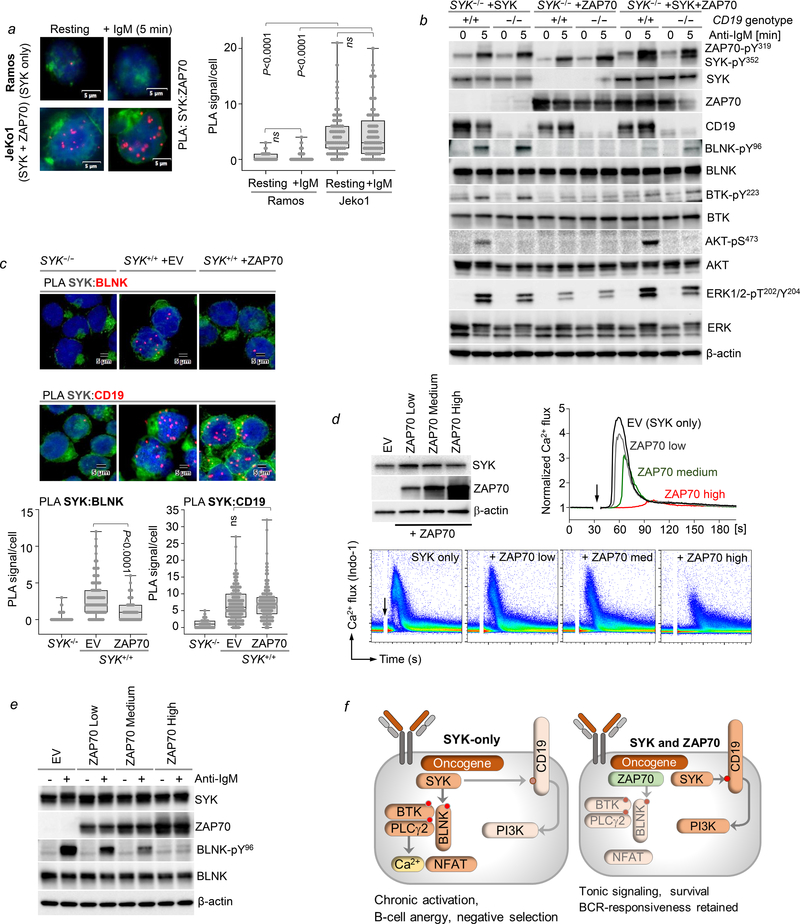Figure 4: ZAP70 diverts SYK from BLNK-BTK to CD19-PI3K activation.
(a) Proximity-ligation assays (PLA) were performed using antibodies recognizing SYK and ZAP70 in parental Ramos (endogenous SYK only) and Jeko1 (endogenous SYK and ZAP70) using Duolink Red Detection reagents. Statistical significance was calculated using an unpaired Student’s t-test. (b) CD19-deletion was achieved in SYK−/− Ramos cells reconstituted with SYK, ZAP70 or SYK+ZAP70 using RNP CRISPR crRNAs targeting CD19. Phosphorylation of BCR-activated substrates was compared in cells in the presence or absence of CD19 following stimulation with IgM (10 μg/mL). (c) PLA was performed for SYK:BLNK and SYK:CD19 in parental Ramos cells with ZAP70 overexpression. PLA signal/cell was analyzed using BlobFinder software. Statistical significance was calculated using an unpaired Student’s t-test. (d-e) Parental Ramos cells were generated to express a gradient of ZAP70 expression: Zero (EV control), Low, Medium and High, and validated by Western blotting. (d) Ca2+ flux following IgM stimulation was measured in these cells using Indo-1. (e) Phosphorylation of BLNK was measured by Western blotting in these ZAP70-gradient cells following IgM stimulation. (f) Proposed model for impact of ZAP70-expression on BCR-signaling.

